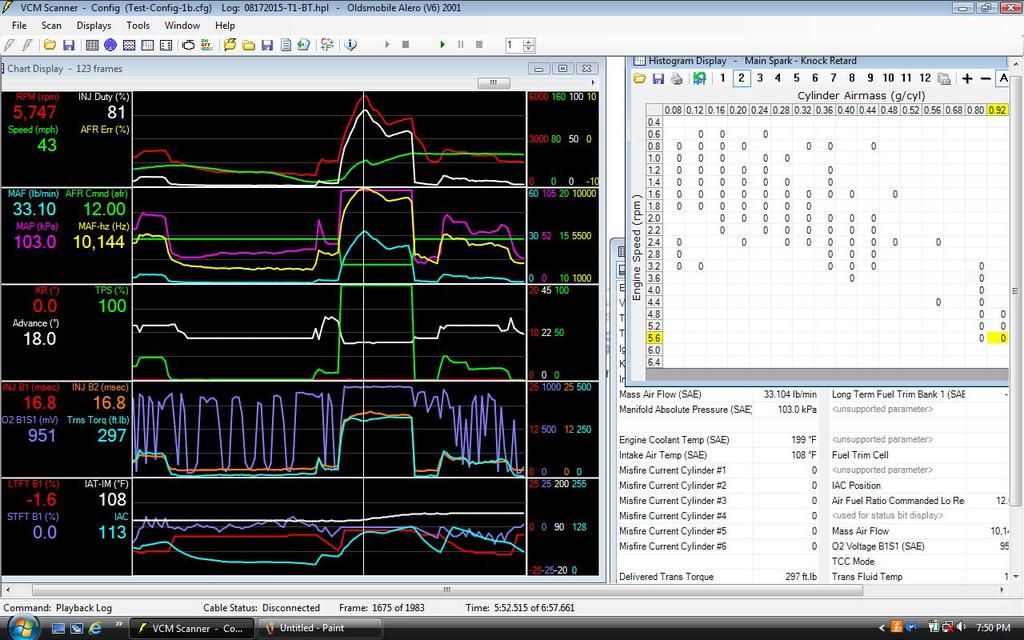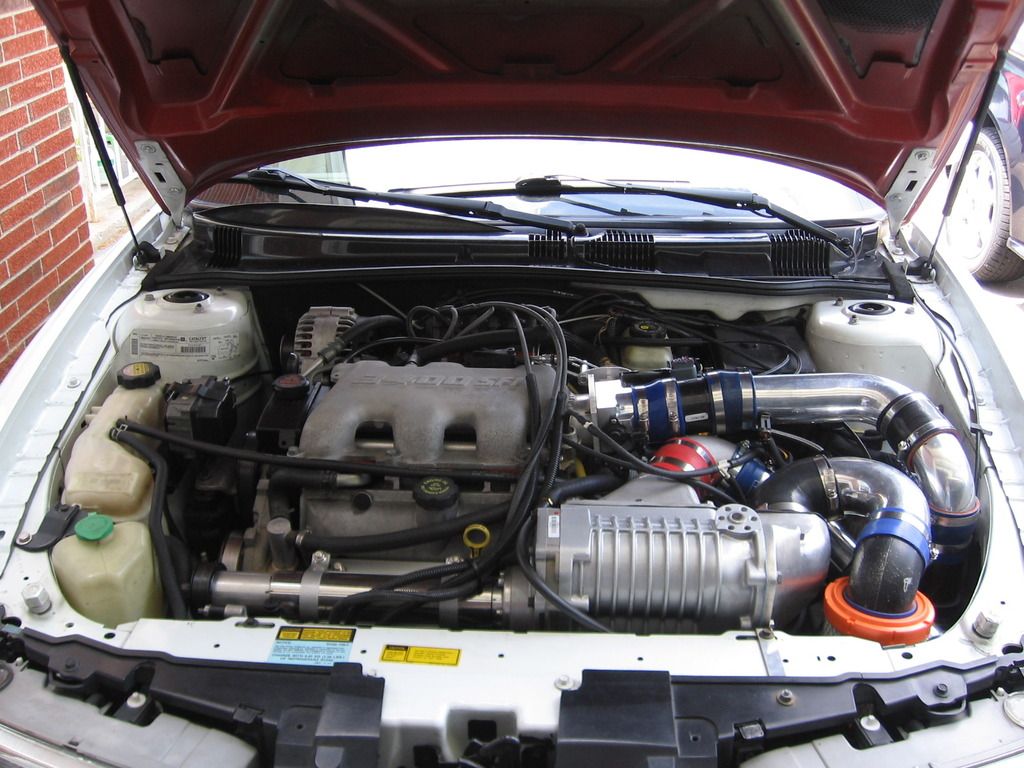Originally posted by Xnke
View Post
I am stuck using a MAF in this setup, which complicates things. I also left the MP 90's internal bypass valve stay active in the system.
Right now, standing start acceleration is great, but there are a couple of rpm ranges I believe there might be a little flat spot. Like if I floor it from 45 mph for example (could just be the ambient heat, too). But I can get 5 psi peak boost at 50% open throttle with a quick jab of the pedal, which surprised me. I have had a couple highway cruises with probably a dozen WOT runs letting the throttle plate snap shut, and so far no play in the MP 90's driveshaft coupler. The ultimate wear test would be to let the boost psi peak to maximum, then quickly let off the gas pedal, and do it several times in succession. I'm not sure if my test setup is ready to withstand that. In a perfect world, I'll have it down to Beech Bend in a couple months.

The next thing I will attempt is redesign the blower inlet, and investigate noise suppression. The two holes in the hood are no help there, but great for cooling!




Comment